Asteroids And The Age Of Reptiles: A Terminal Connection

Introduction
Asteroids have always been an intriguing and fascinating cosmic phenomenon, with their iconic role in forming and shaping our solar system. An asteroid impact can create catastrophic events on Earth, leading to mass extinctions and significant changes in the evolution of life. The most famous example is the asteroid impact that led to the end of the age of dinosaurs. This article explores the connection between asteroids and the age of reptiles, and how the former played a terminal role in their extinction.
Asteroid Impacts: A Brief Overview
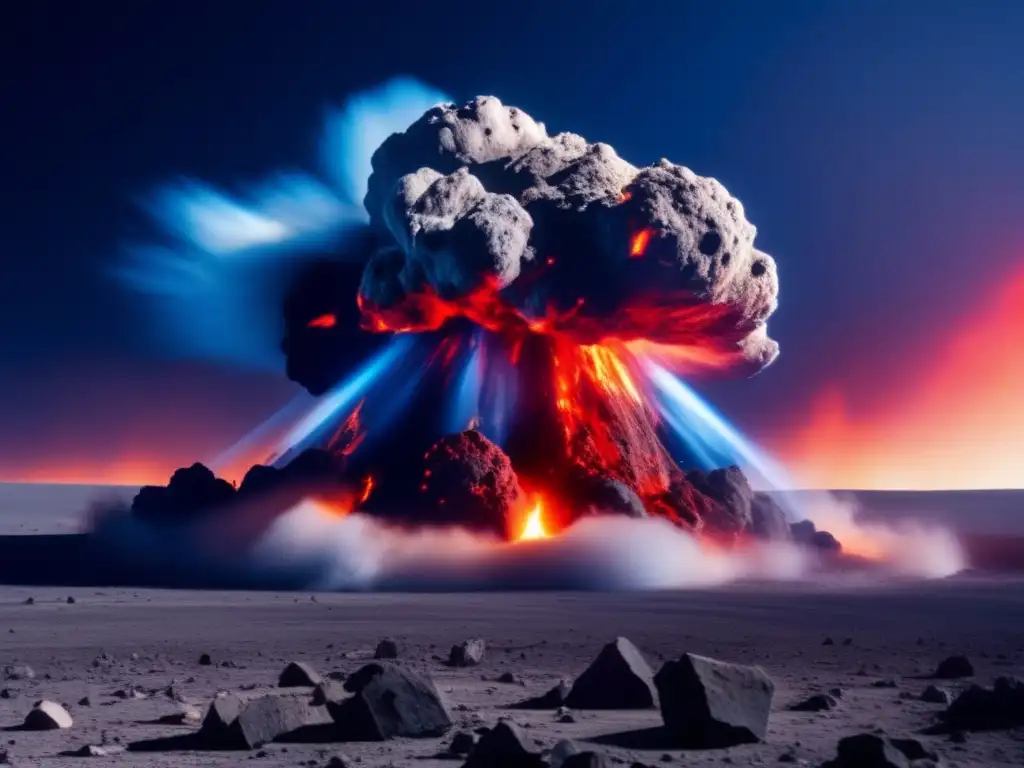
What are asteroids?
Asteroids are small, rocky objects that orbit around the sun, primarily found in the asteroid belt, which lies between Mars and Jupiter. They vary in size, from tiny pieces to hundreds of kilometers wide, and are believed to be remnants of the early solar system, formed around 4.6 billion years ago.
What happens when an asteroid impacts Earth?
When an asteroid impacts Earth, it creates a massive explosion, releasing an enormous amount of energy. The resulting shockwave can cause earthquakes, tsunamis, and volcanic eruptions. The effects of an asteroid impact can alter the climate for years, leading to mass extinctions and changes in the evolution of life on Earth.
What is the age of reptiles?
The age of reptiles, also known as the Mesozoic era, lasted from around 250 to 65 million years ago. It is characterized by the dominance of reptiles, including dinosaurs, pterosaurs, and marine reptiles. During this time, the Earth experienced major geological and biological changes, leading to the evolution of new species and the extinction of others.
Asteroid Impacts and the End of the Age of Reptiles

The Chicxulub Impact
The Chicxulub impact was a catastrophic event that occurred around 66 million years ago, at the end of the Cretaceous period. A massive asteroid, estimated to be around 10 kilometers wide, impacted the Earth near the Yucatan Peninsula in present-day Mexico. The resulting explosion was equivalent to billions of tons of TNT, creating a huge crater and releasing a vast amount of debris into the atmosphere.
Impact Effects
The effects of the Chicxulub impact were devastating. The initial blast wave would have caused earthquakes and volcanic eruptions, while the resulting debris would have darkened the skies for years, causing a global cooling effect. The decline in temperature would have affected photosynthesis, leading to the loss of primary production and food chains for many aquatic and terrestrial species, including the dinosaurs.
Impact on Marine Life
The Chicxulub impact had a significant impact on marine life, with estimates suggesting that up to 75% of all species became extinct. The aftermath of the impact would have caused massive tsunamis, leading to the destruction of coastal habitats. The decrease in primary production and essential nutrients caused by the global cooling also affected the food chains of marine life, leading to a significant decline in their populations.
Impact on Terrestrial Life
The impact of the Chicxulub asteroid on terrestrial life was equally devastating. The global cooling effect caused by the debris cloud led to the extinction of most plant species, leading to the collapse of the food chains for herbivorous dinosaurs. As the herbivores perished, the carnivorous dinosaurs soon followed, leading to the extinction of all non-avian dinosaurs.
The Connection Between Asteroids and the End of the Age of Reptiles
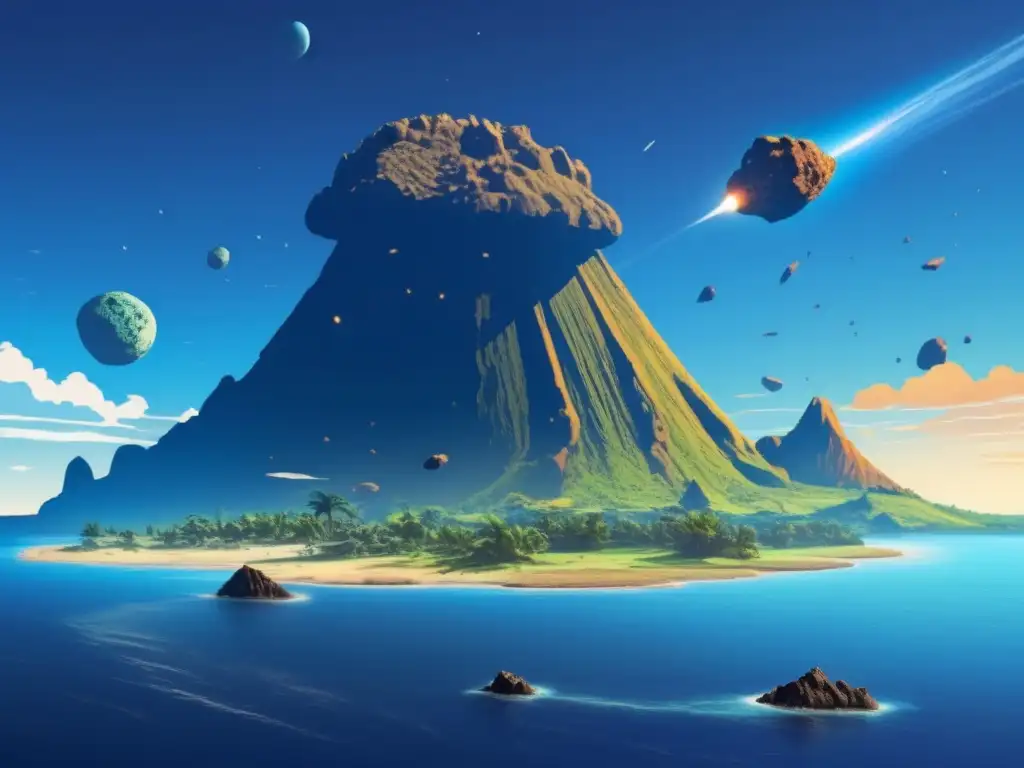
Role of Asteroids in Marine Life Extinctions
The Chicxulub impact is not the only example of asteroids playing a terminal role in the evolution of life. Other major asteroid impacts, such as the one that occurred during the end-Permian mass extinction, also had a significant impact on marine life. Asteroid impacts can cause significant changes in the environment, including acidification of oceans, changes in sea levels, and changes in the concentration of essential nutrients. These changes can lead to the loss of primary production and food chains, resulting in the extinction of many marine species.
Role of Asteroids in Terrestrial Life Extinctions
Asteroid impacts can also cause significant changes in terrestrial life. The global cooling effect caused by the debris cloud can lead to the loss of plant species, leading to the collapse of the food chains for herbivorous animals. As the herbivores perished, the carnivorous animals soon followed, leading to the extinction of entire ecosystems. Asteroid impacts can also cause other environmental changes, such as wildfires and changes in atmospheric composition, which can contribute to habitat destruction and extinction of species.
Frequently Asked Questions
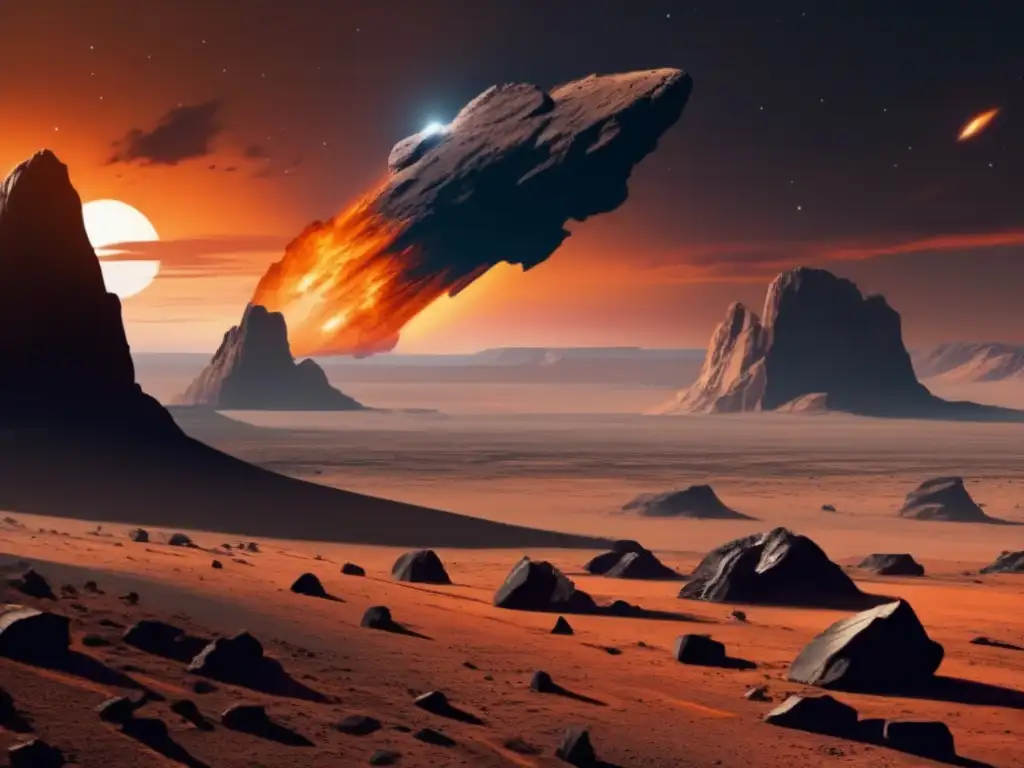
-
What caused the extinction of dinosaurs?
The most widely accepted theory is that a massive asteroid impact caused the end of the age of dinosaurs.
-
How did the Chicxulub impact affect the Earth?
The Chicxulub impact caused massive earthquakes and volcanic eruptions, as well as a global cooling effect, leading to mass extinctions of both marine and terrestrial species.
-
Are there other examples of asteroid impacts causing mass extinctions?
Yes, other major asteroid impacts, such as those occurring during the end-Permian mass extinction, have also had a significant impact on the evolution of life.
-
Can asteroid impacts be prevented?
There are ongoing efforts to track and mitigate potential asteroid impacts, including asteroid deflection technologies and monitoring programs.
-
What can we learn from studying asteroid impacts?
Studying asteroid impacts can provide valuable insights into the evolution of life on Earth, as well as strategies for mitigating potential future impacts.
Conclusion
Asteroid impacts have played a significant role in shaping the evolution of life on Earth. The Chicxulub impact is the most famous example of how asteroid impacts can cause mass extinctions, leading to the end of the age of dinosaurs. As we continue to study asteroids and their potential impact on our planet, we gain valuable insights into the history and future of our solar system. We encourage readers to engage with us and share their thoughts in the comments section below or on our social media platforms.
Additional Resources
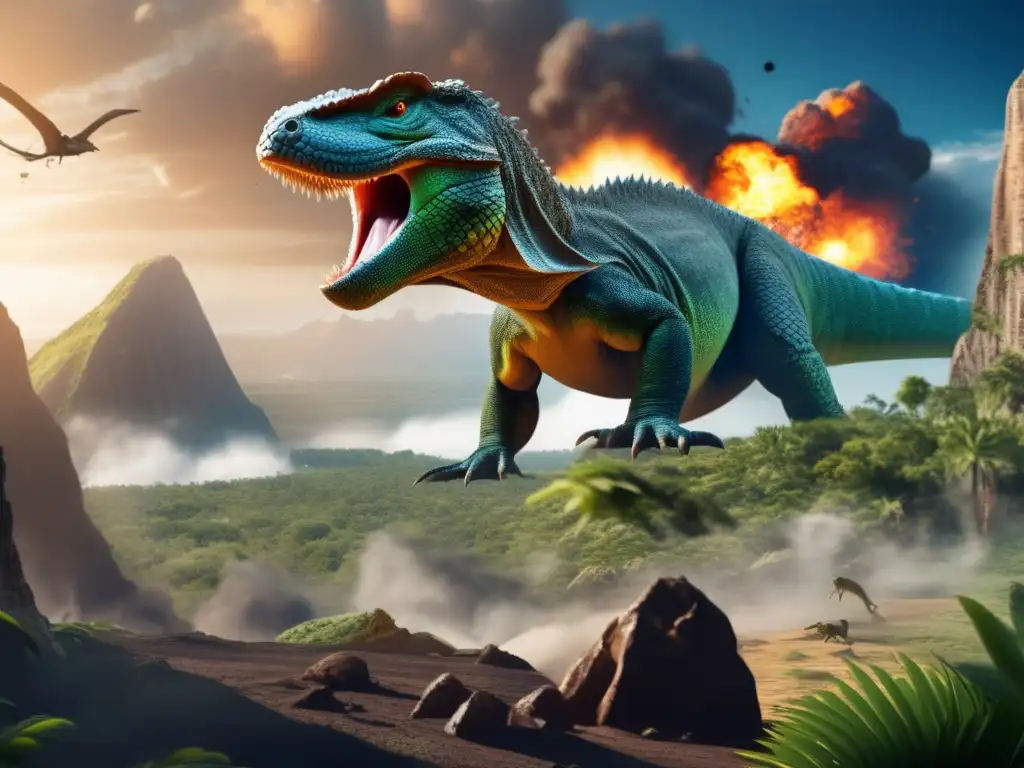
- https://www.nasa.gov/mission_pages/asteroids/overview/fastfacts.html
- https://www.sciencedirect.com/science/article/pii/S0012821X0300717X
- https://www.bbc.co.uk/bitesize/guides/zcy7hyc/revision/4
- https://www.history.com/news/dinosaurs-extinction-asteroid-theory
- https://www.smithsonianmag.com/science-nature/how-did-asteroid-kill-dinosaurs-180975664/
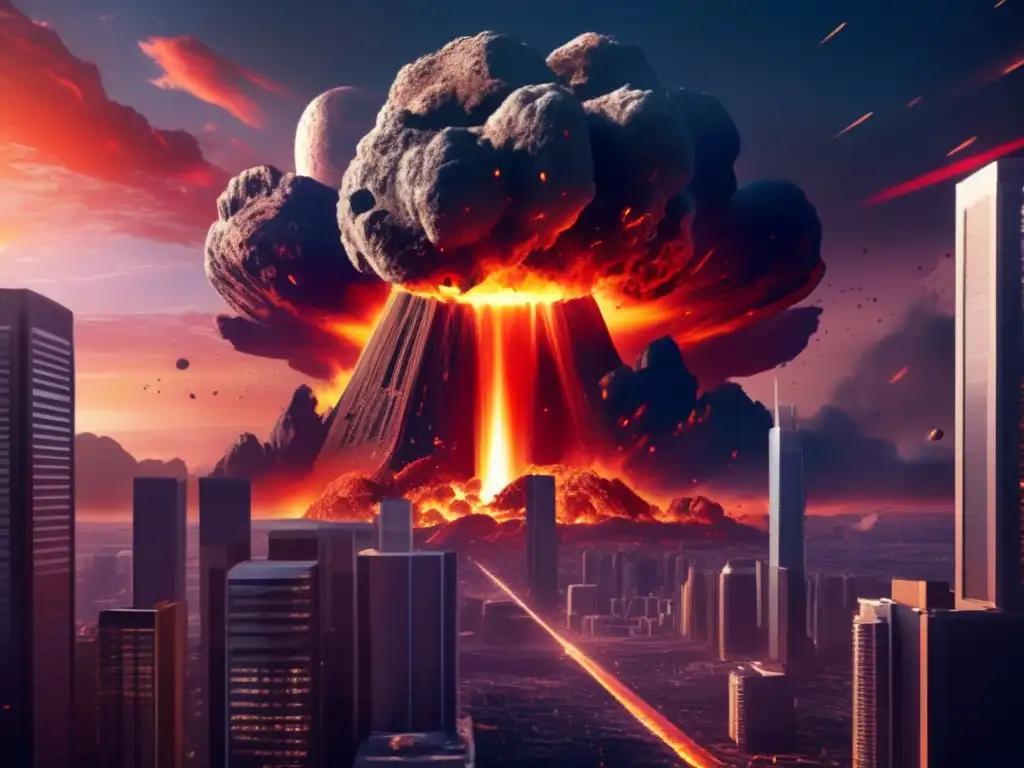 The Asteroid That Shook The World: The End Of The Mesozoic Era
The Asteroid That Shook The World: The End Of The Mesozoic Era Extinction From Above: The Deadly Impact Of Asteroids
Extinction From Above: The Deadly Impact Of Asteroids Asteroids And Dinosaurs: How Rocks From Space Changed Evolution
Asteroids And Dinosaurs: How Rocks From Space Changed EvolutionIf you want to discover more articles similar to Asteroids And The Age Of Reptiles: A Terminal Connection, you can visit the Asteroids and Dinosaurs category.
Leave a Reply

Articulos relacionados: